Kilimanjaro Moutain
Overview
History of the Serengeti
Mount Kilimanjaro, Africa’s highest peak, is a majestic and iconic mountain that draws adventurers, nature lovers, and cultural enthusiasts from around the world. Here’s a look at its history, unique features, best time to visit, and activities:
Mount Kilimanjaro has a rich geological and cultural history. Formed about three million years ago as a result of volcanic activity along the Great Rift Valley, the mountain has three volcanic cones: Kibo, Mawenzi, and Shira. Kibo, the tallest of the three, is where Kilimanjaro’s Uhuru Peak stands at 5,895 meters (19,341 feet), making it the highest point in Africa. Local Chagga communities have lived around Kilimanjaro for centuries, attributing spiritual significance to the mountain. It gained global attention after German explorer Hans Meyer and Austrian climber Ludwig Purtscheller became the first recorded people to reach the summit in 1889.
The Roof Of Africa
Best Time to Visit
The best times to climb Mount Kilimanjaro are during the two main dry seasons:
- January to March: The weather is mild and the trails are less crowded, making this a great season for a quieter ascent.
- June to October: This is the most popular climbing season, with drier, stable weather. Views are generally clearer, although trails can be busier.
November and April-May are rainy seasons, which can make the climb more challenging due to muddy trails and cloudier conditions.
Uniqueness of Mount Kilimanjaro
Mount Kilimanjaro is unique for being a free-standing mountain, meaning it’s not part of any mountain range, and is the tallest such mountain in the world. Its ecosystems range from tropical rainforest to alpine desert and glaciers, offering diverse flora and fauna as you ascend. The glacier-covered summit contrasts starkly with the lush rainforest at its base, creating a breathtaking, multi-ecosystem experience within one hike. The mountain’s glaciers are rapidly retreating, however, highlighting the effects of climate change and adding urgency for those wishing to see them.
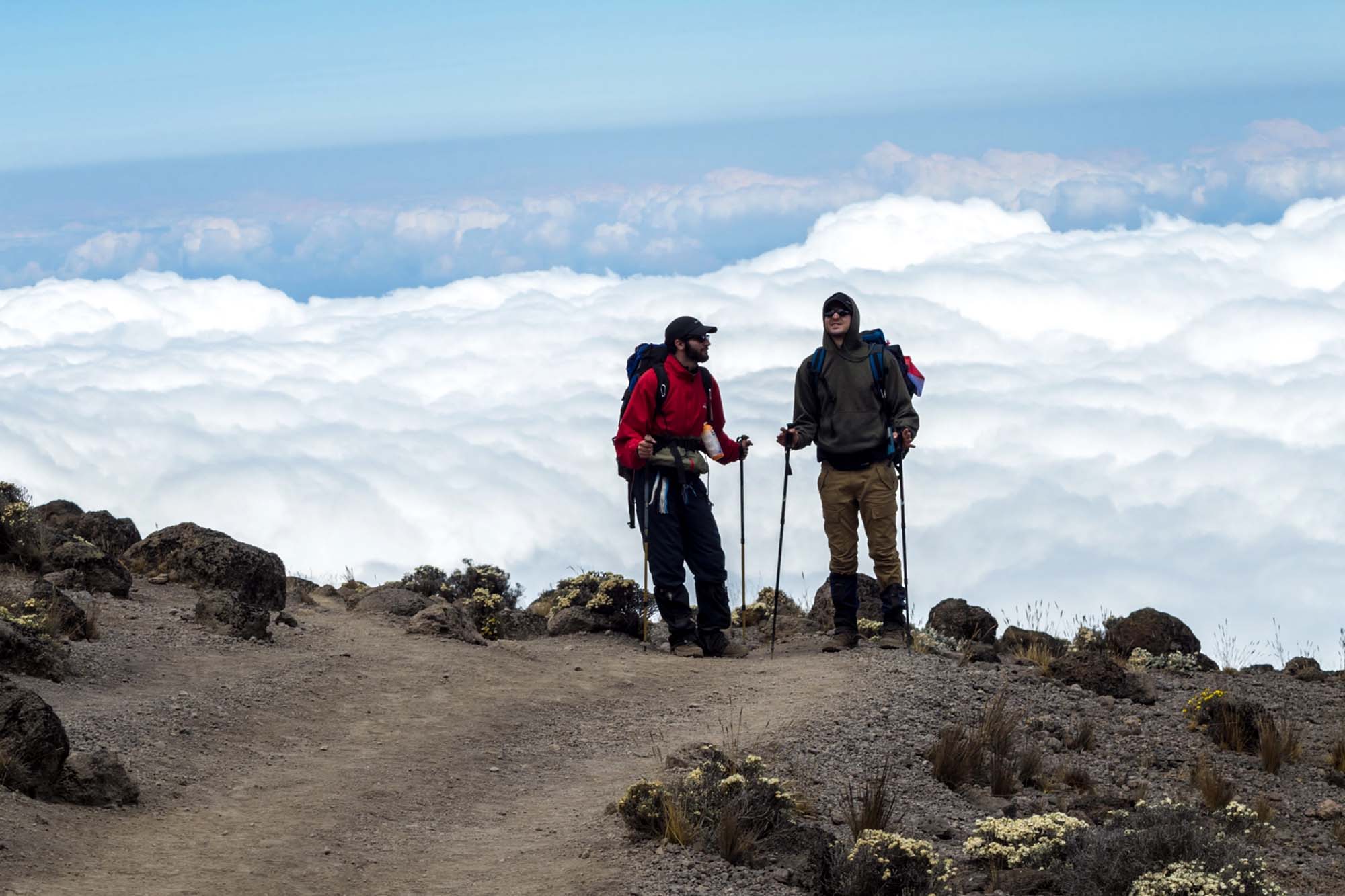
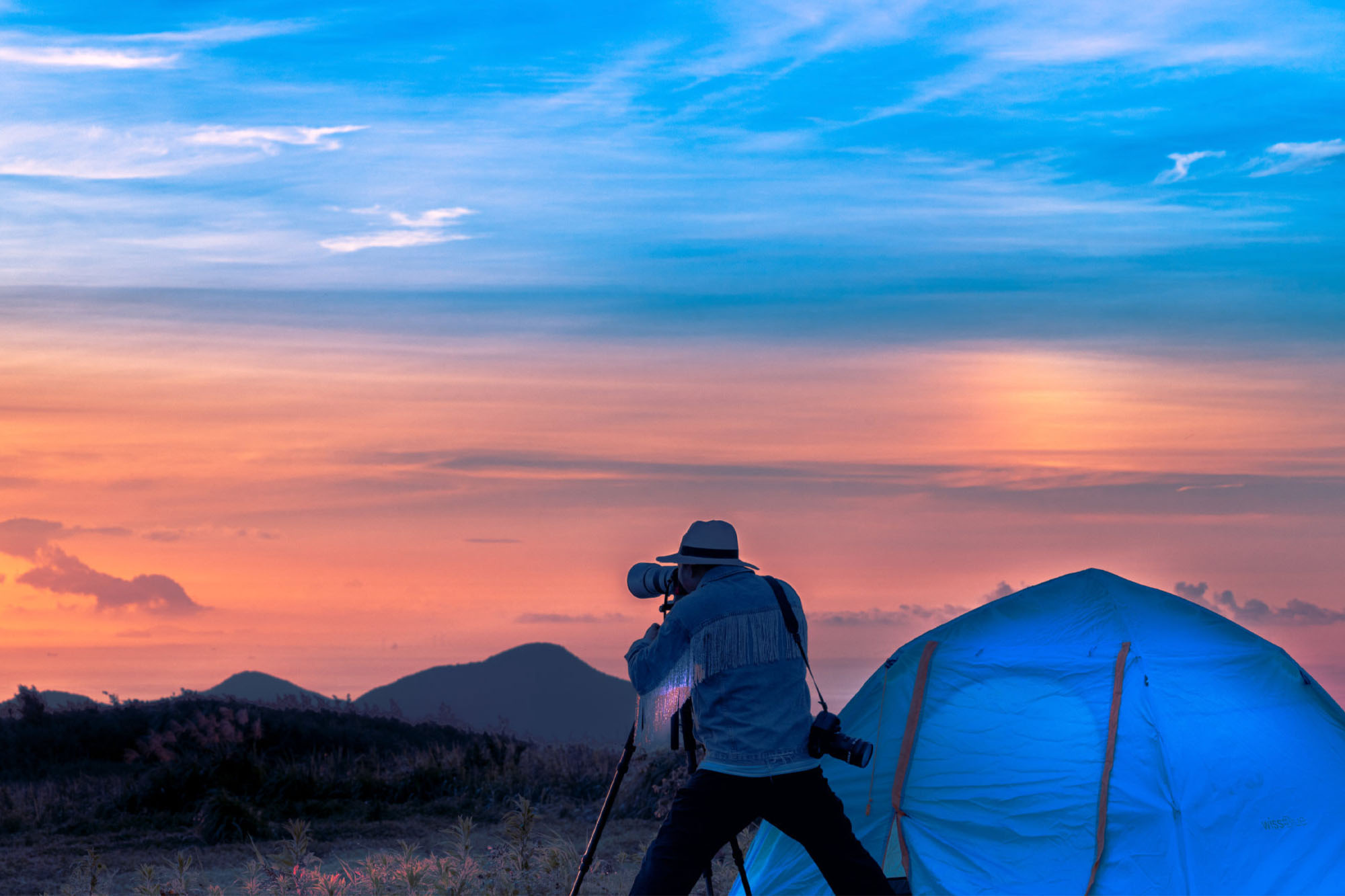
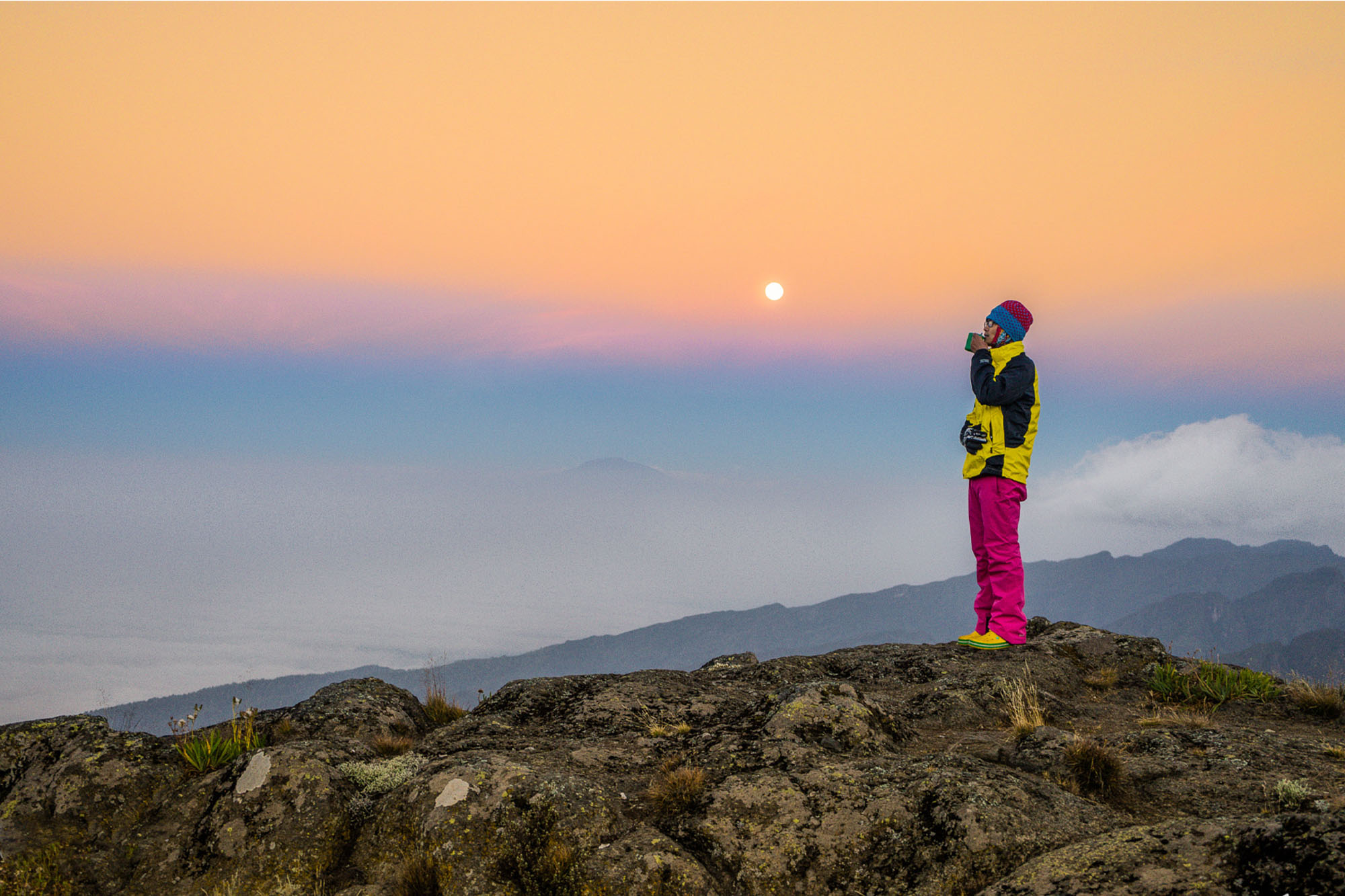
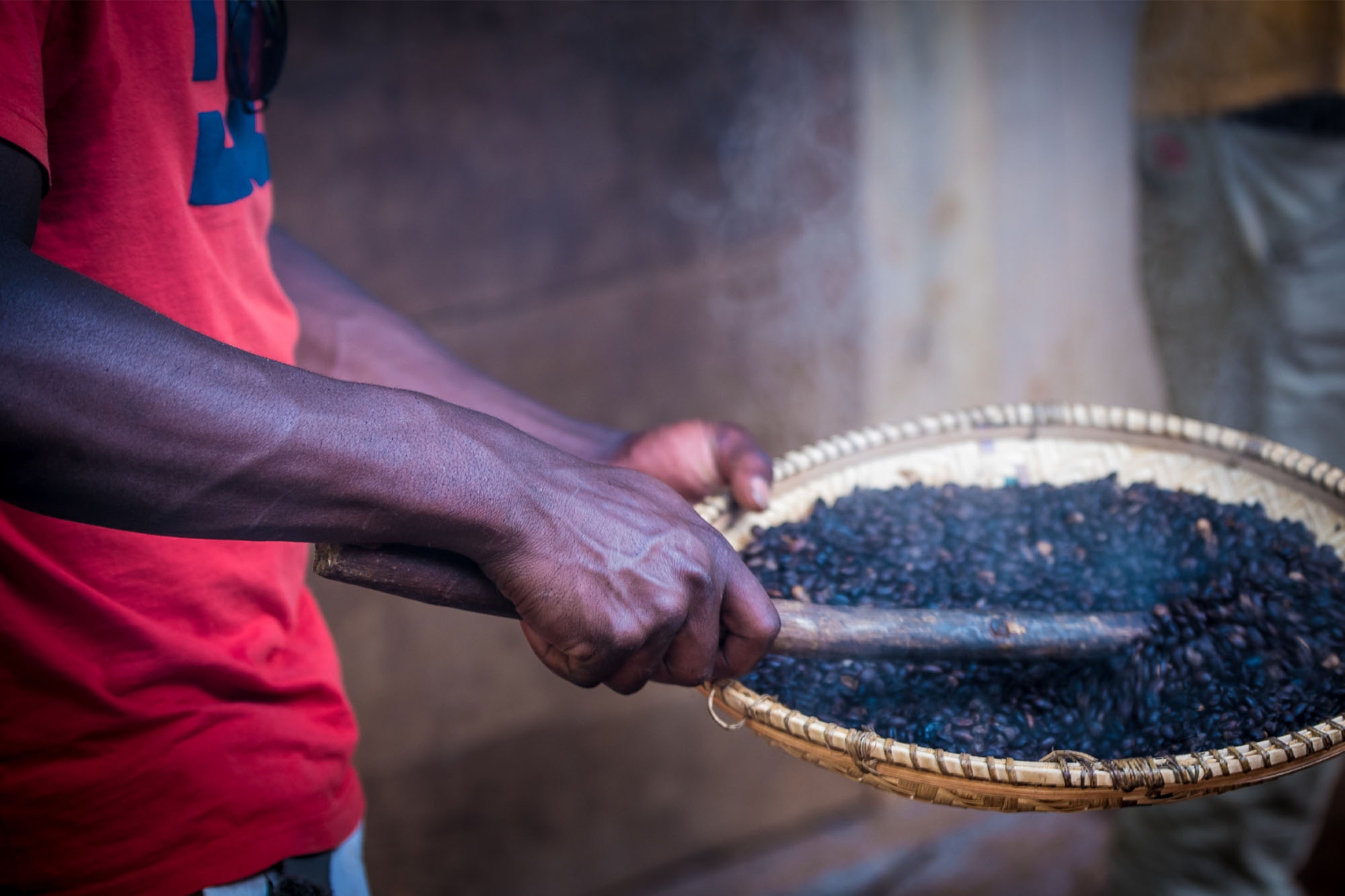
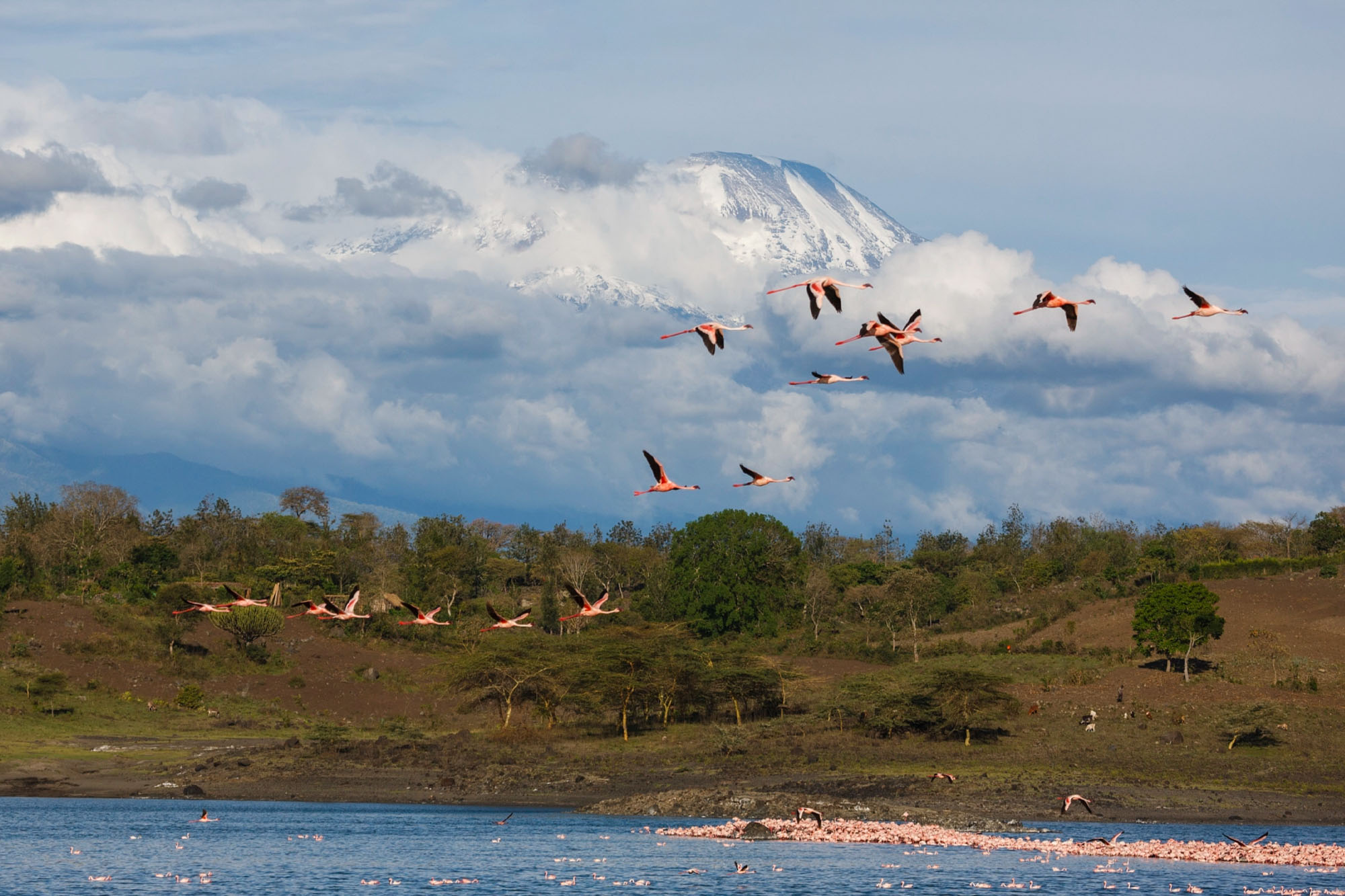
Activities on Mount Kilimanjaro
- Trekking and Climbing: Reaching the summit is the main draw, with several routes (Machame, Marangu, Lemosho, Rongai) offering varying levels of difficulty and scenery.
- Wildlife Viewing: While trekking, you may spot animals like colobus monkeys, blue monkeys, and occasionally elephants or buffalo in the lower forests.
- Photography: The diverse landscapes, stunning sunrise views, and unique flora and fauna make Kilimanjaro a photographer’s paradise.
- Bird Watching: The mountain’s unique climate zones support a variety of bird species, including hornbills, turacos, and sunbirds.
- Cultural Experiences: Visiting nearby Chagga communities provides insight into the lives and traditions of the local people who live in the shadow of Kilimanjaro
Kilimanjaro offers not just a physically challenging climb but also a rewarding journey through some of the most beautiful and ecologically diverse environments in Africa..
